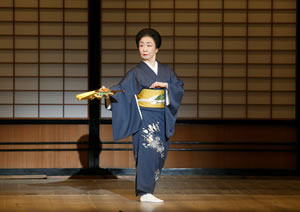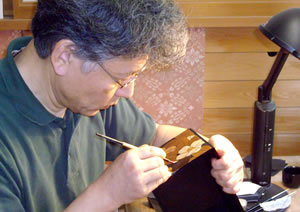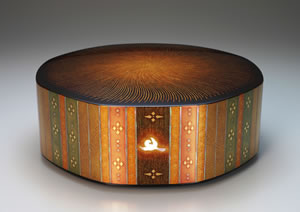In Japan, "Intangible Cultural Properties" refers to stage arts, music, craft techniques, and other intangible cultural assets that possess high historic or artistic value for the country. Intangible Cultural Properties consist of human "technical artistry", embodied by individuals or groups of individuals who represent the highest mastery of the techniques concerned.
The national government designates especially significant Intangible Cultural Properties as "Important Intangible Cultural Properties", simultaneously recognizing individuals or groups who have achieved advanced mastery of the technique as the holder or holders of that Important Intangible Cultural Property, so as to ensure that traditional artistry is transmitted. Recognition of holders may take one of three forms: individual recognition, collective recognition, or group recognition.
For the protection of Important Intangible Cultural Properties, the national government provides special grants (¥2 million a year) for the recognized individual holders ("Living National Treasure") and also subsidizes training programs for successors or public performances by recognized group holders, local governments, and other entities. Furthermore, the National Theatre conducts training workshops and other activities to train the respective successors of traditional performing arts, such as Nohgaku, Bunraku (puppet theater), Kabuki, and traditional popular entertainment.
Also, intangible cultural properties that are not designated as Important Intangible Cultural Properties, but because of their important for understanding the transition of performing arts and craft techniques need to be documented and publicized, are selected and given a category called, “Intangible Cultural Properties that need measures such as making records." The national government subsidizes local governments in their efforts to document and publicize such cultural properties.

INOUE Yachiyo, Holder of Important Intangible Cultural Property, Kyomai










